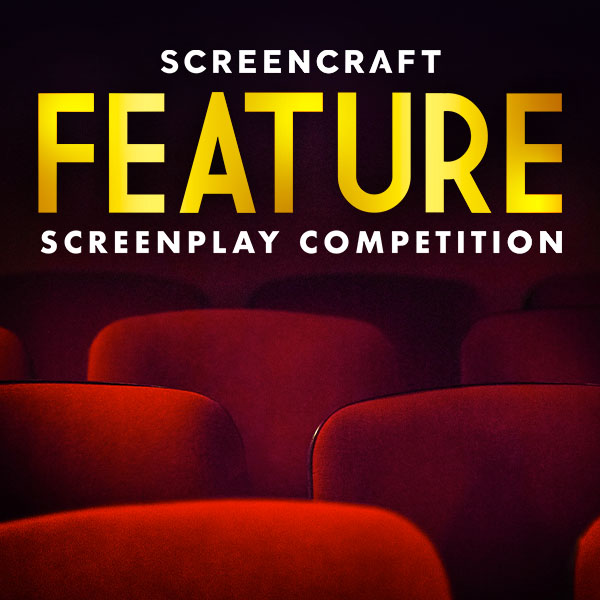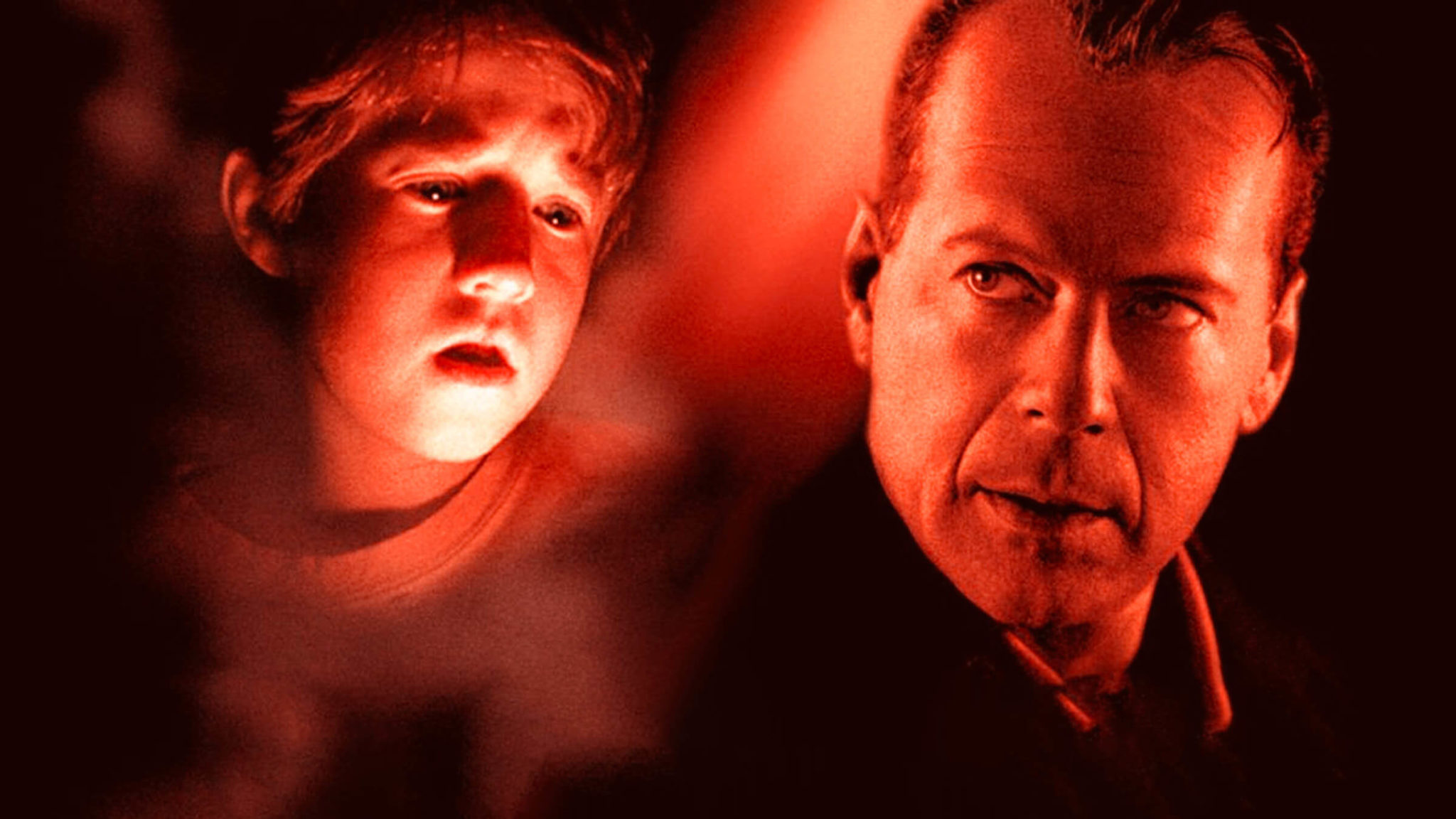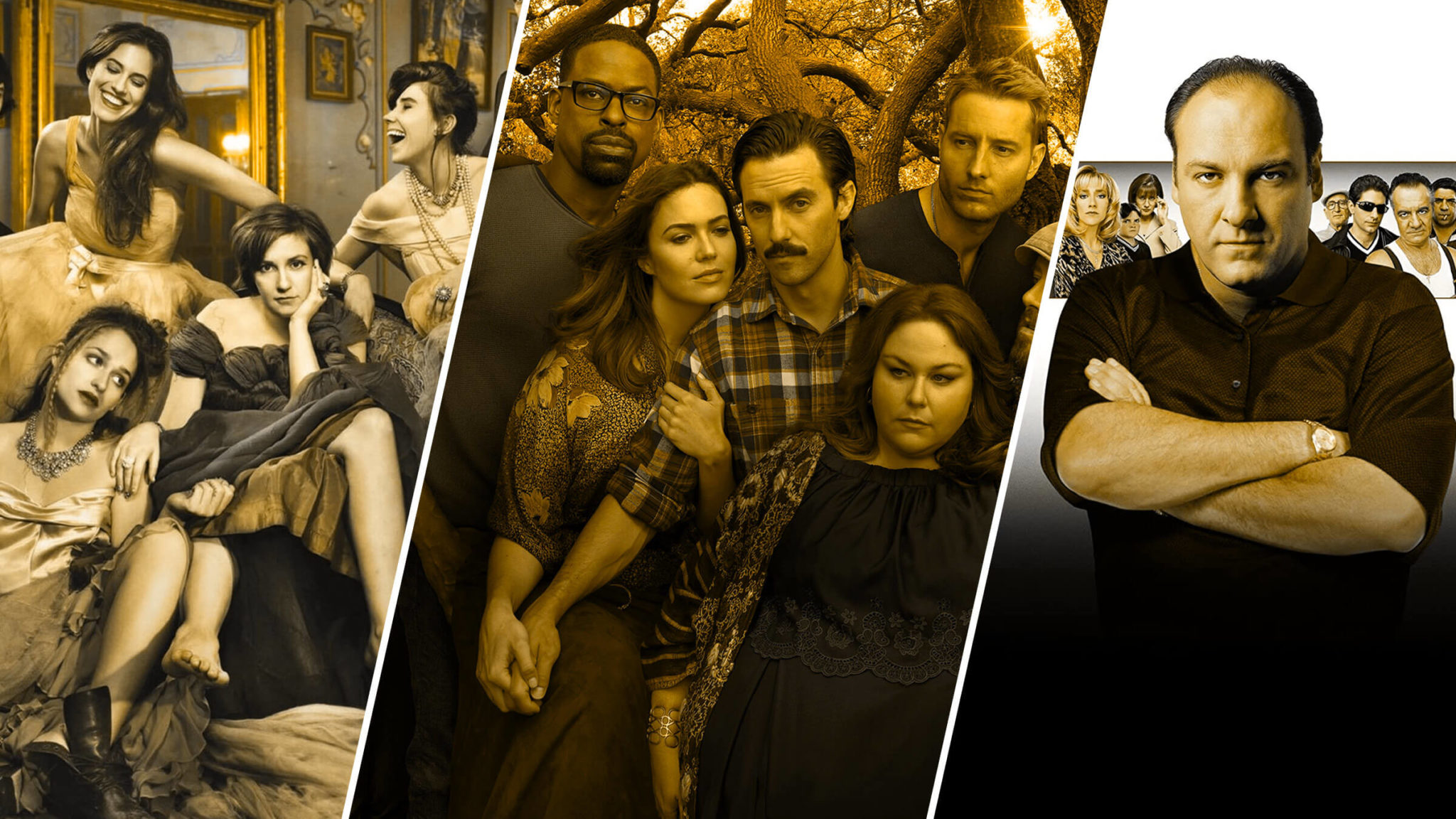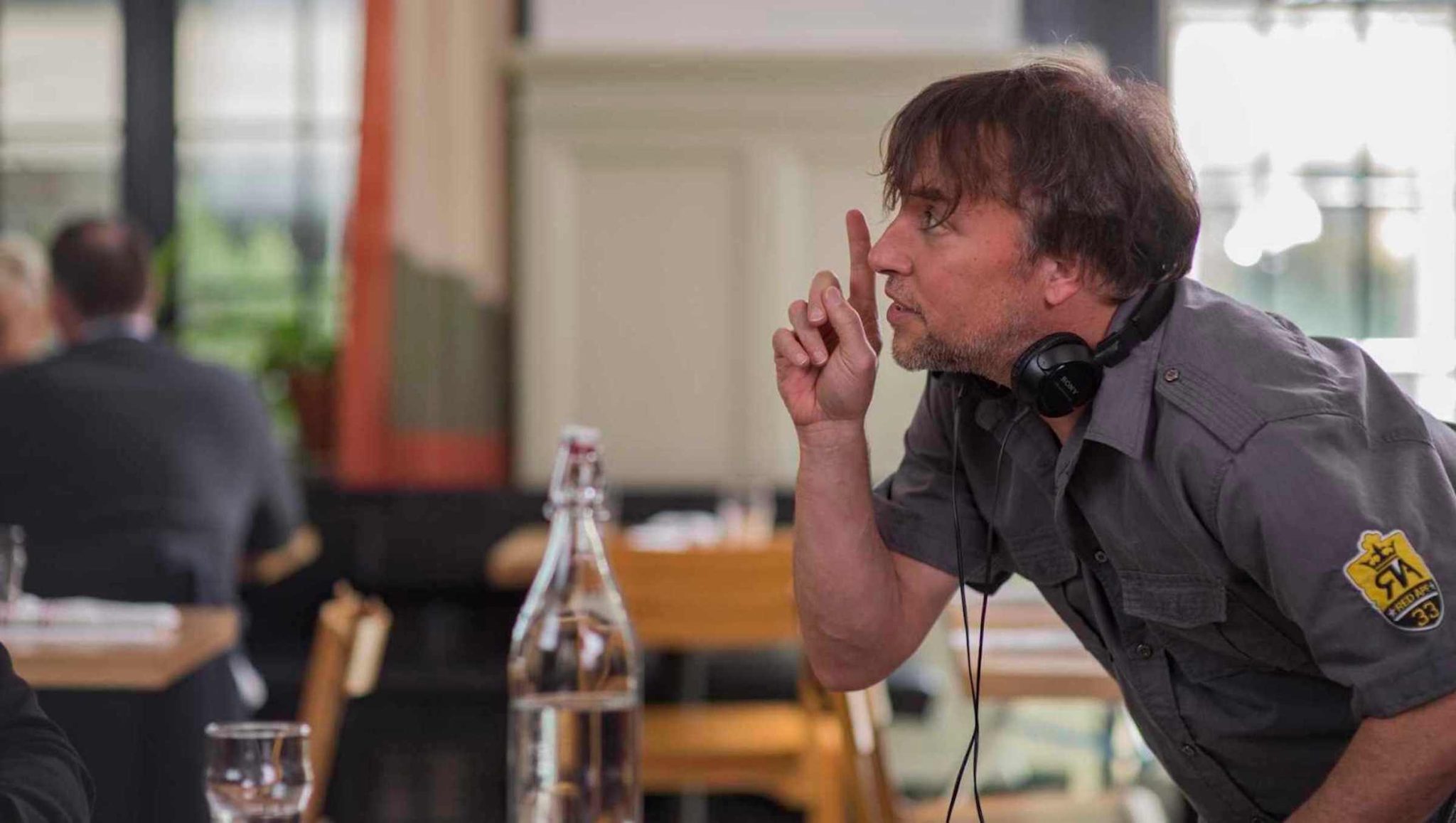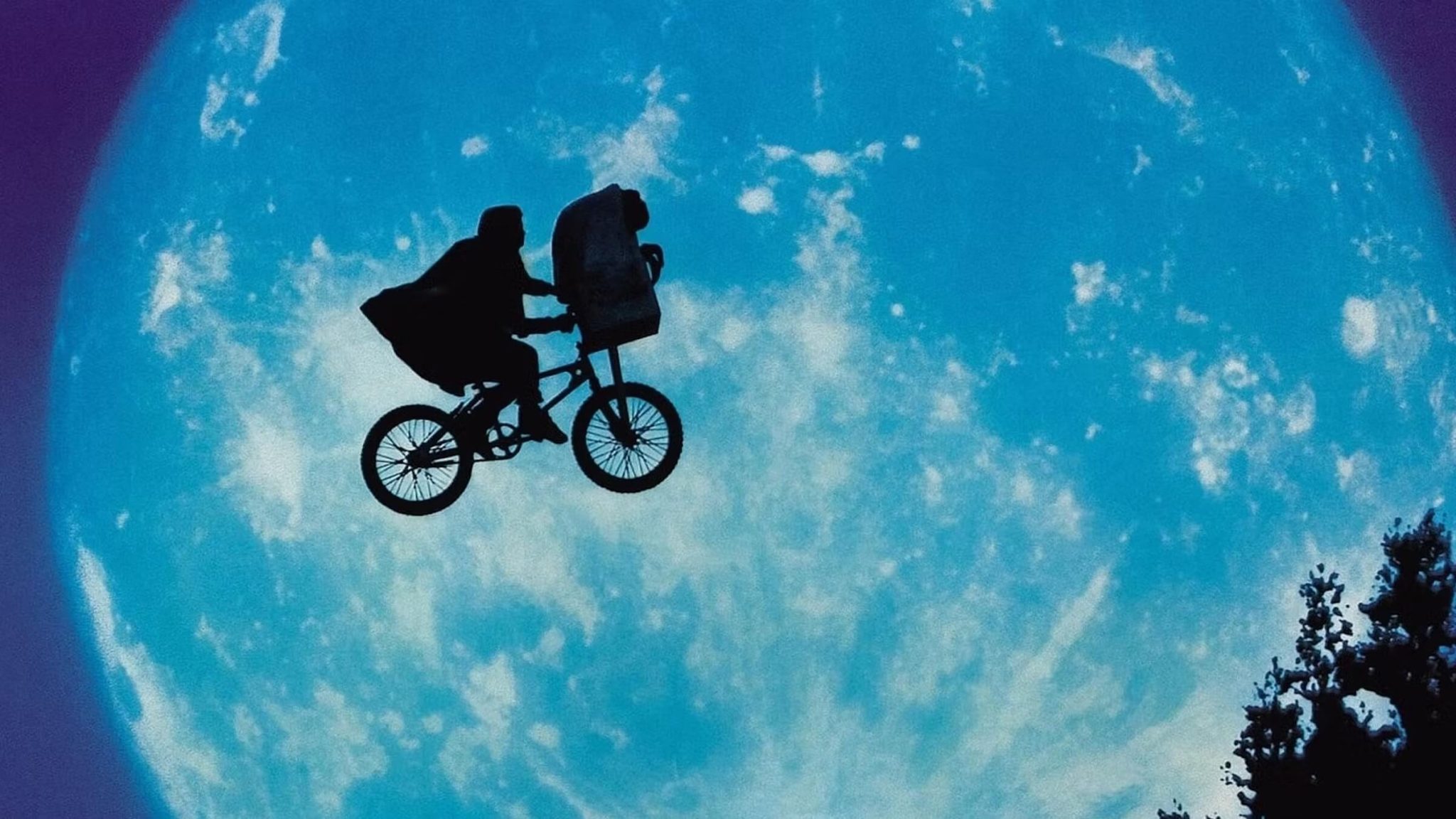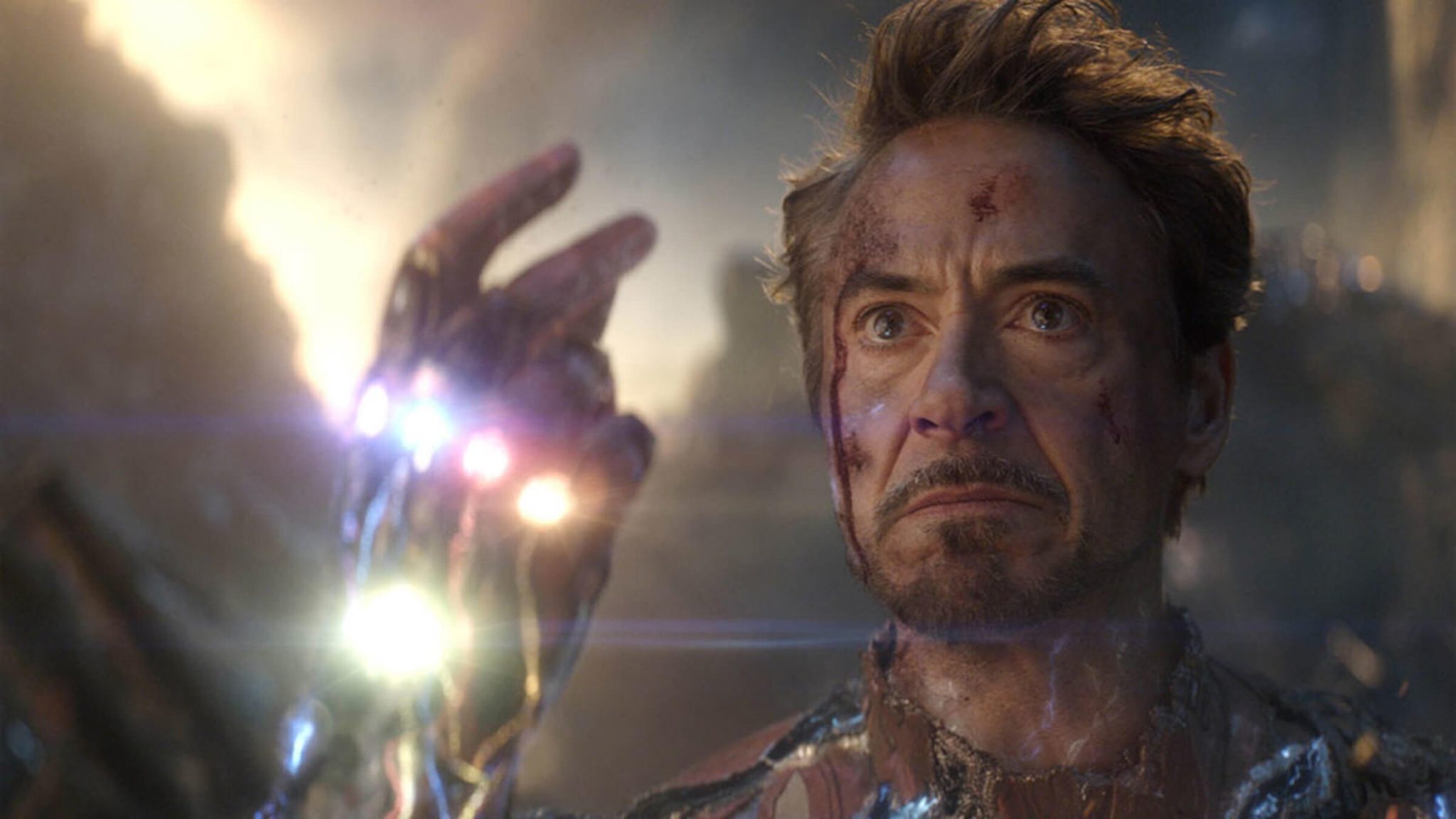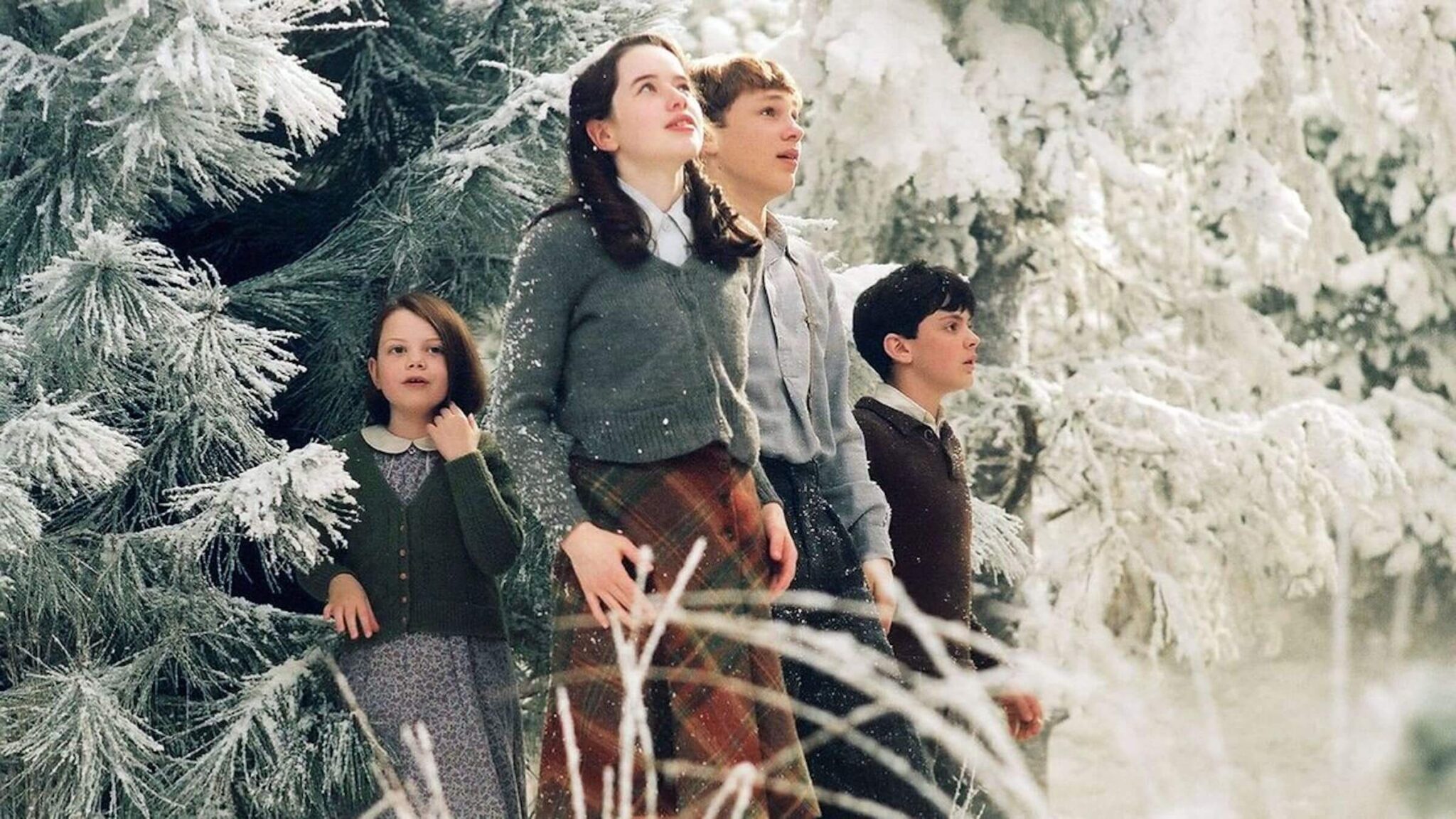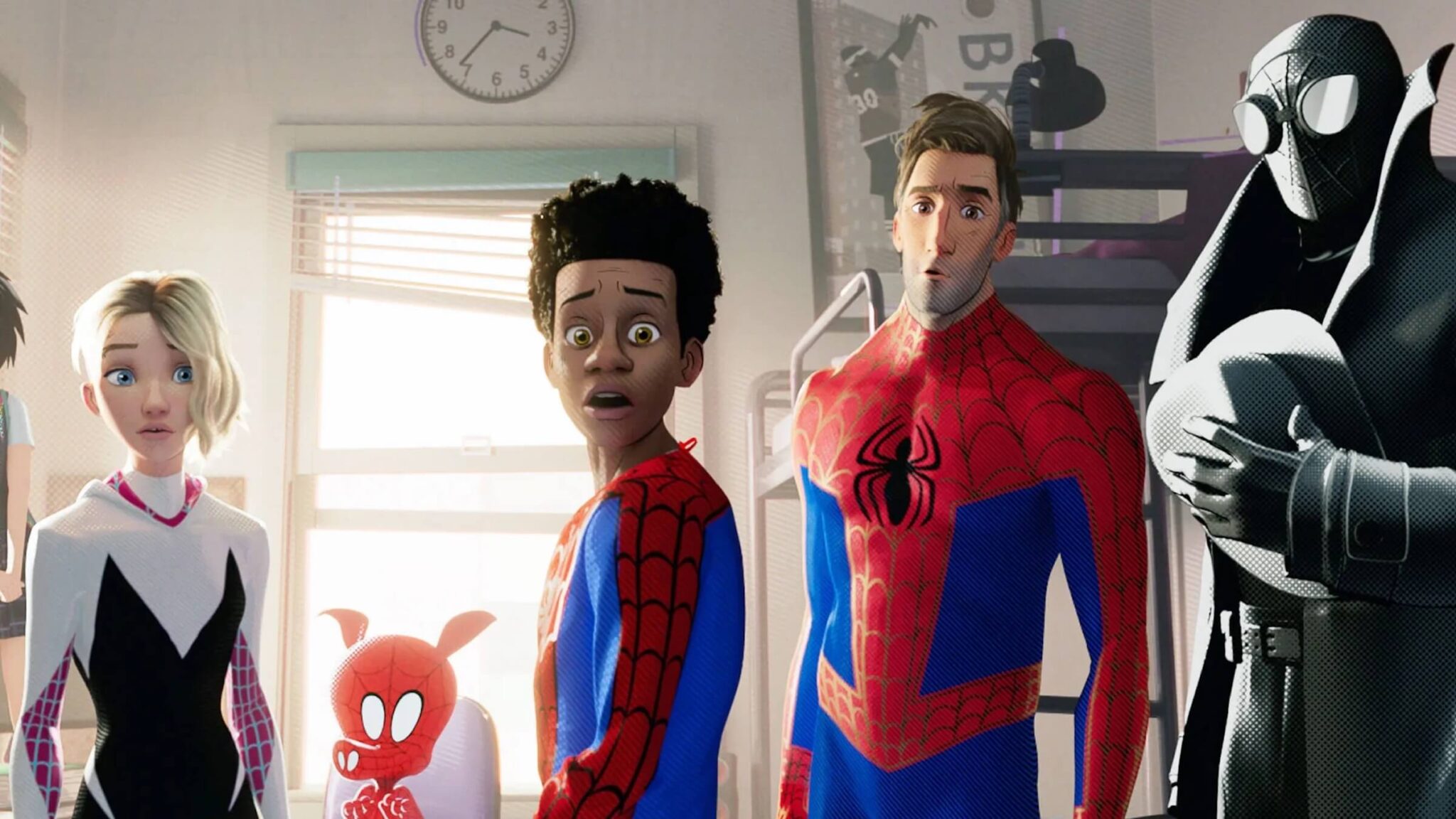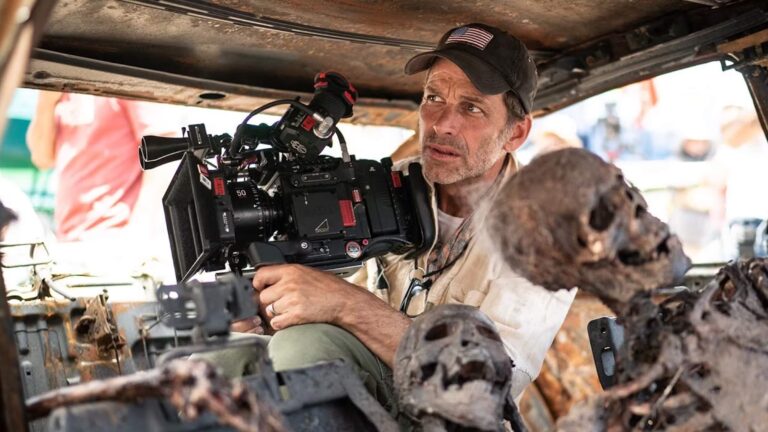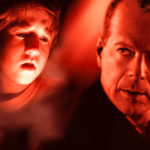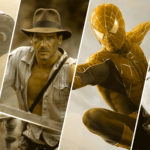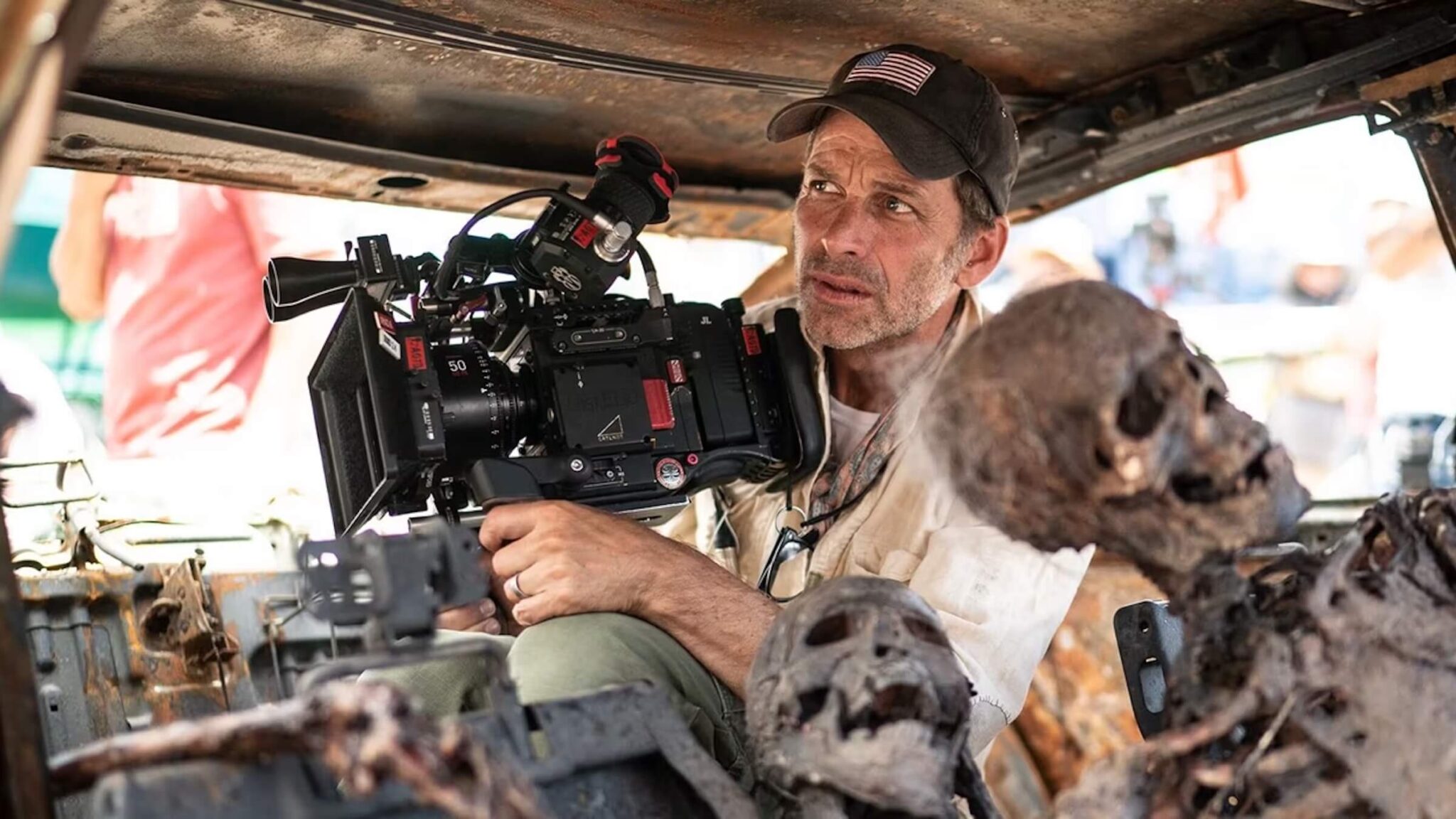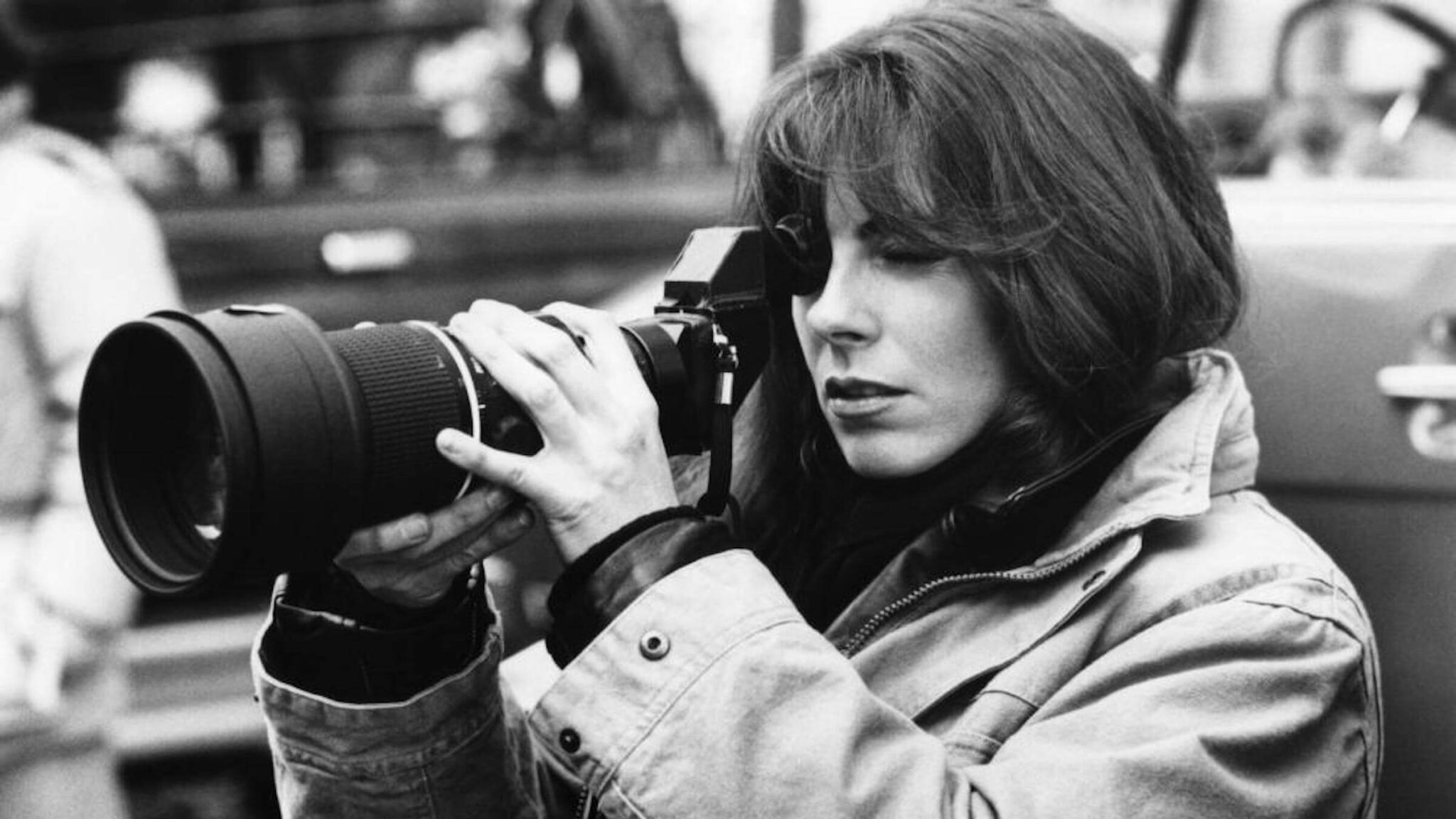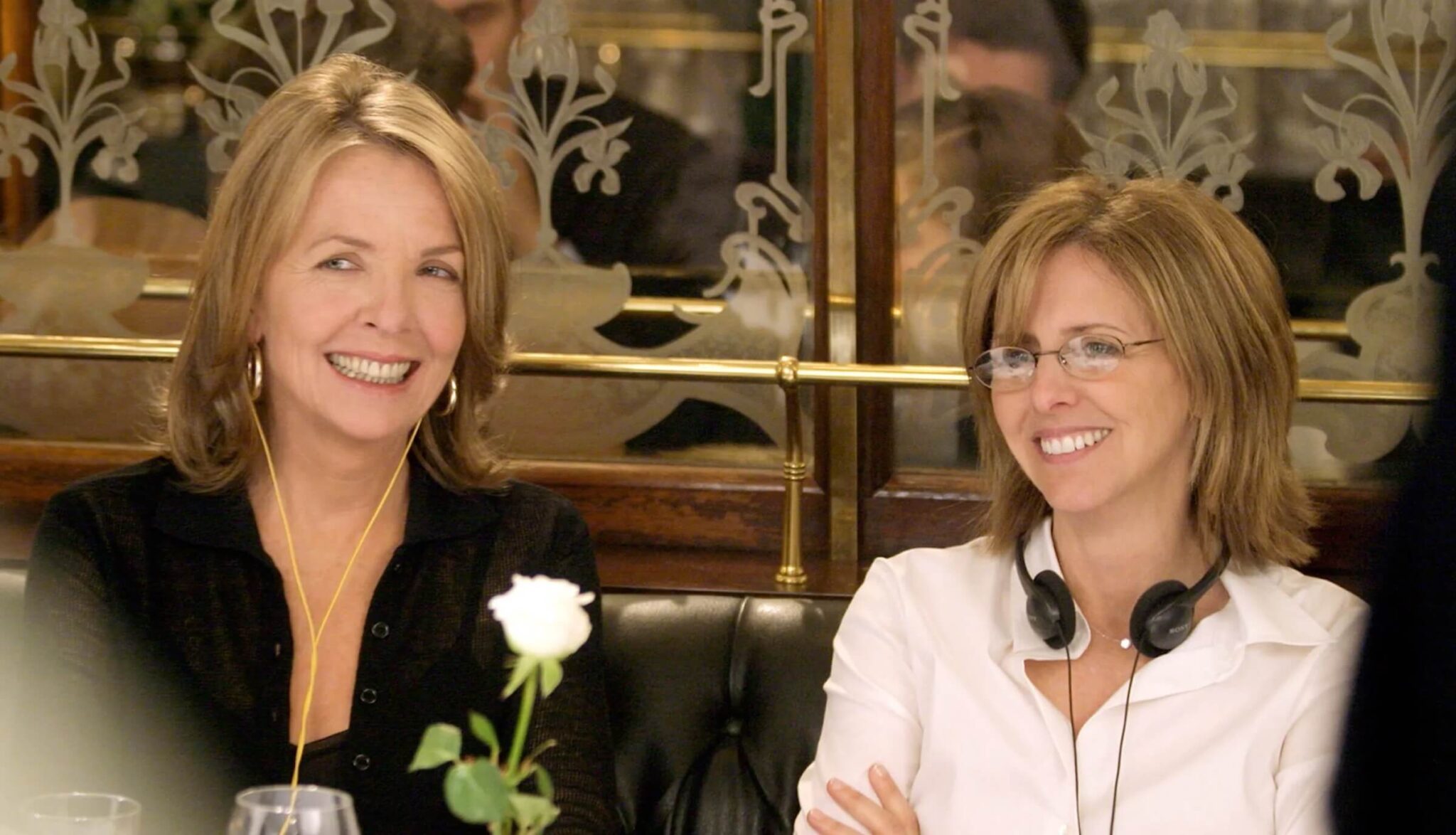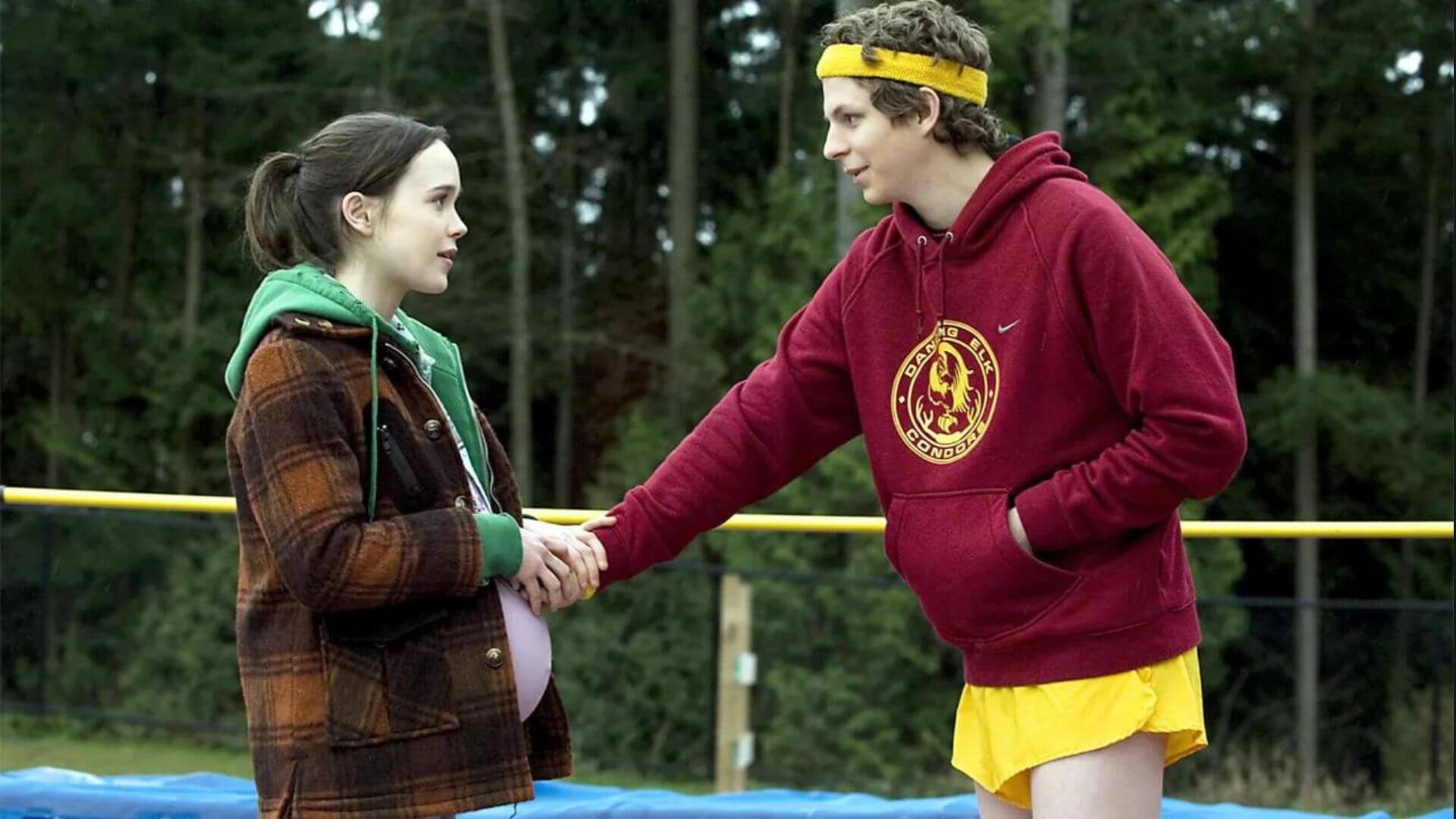5 Trademarks of Martin Scorsese Movies
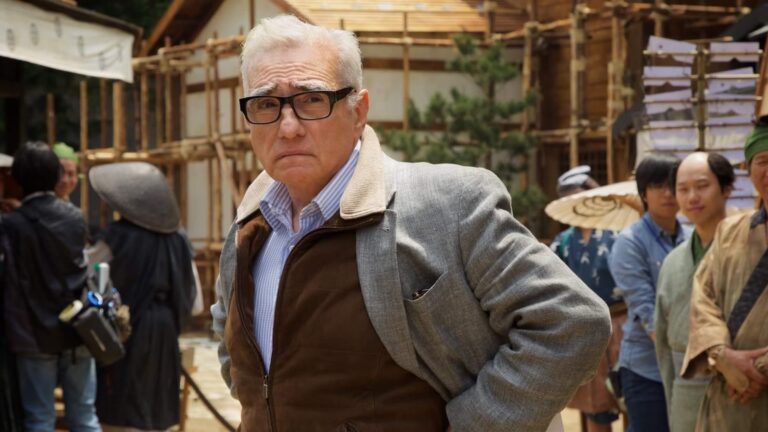
Martin Scorsese emerged as a prominent director during a transformative period in American cinema known as New Hollywood or the American New Wave, which spanned the late 1960s through the 1970s. This era marked a departure from the traditional studio system and saw the rise of a new generation of filmmakers who brought fresh, innovative, and often more realistic approaches to storytelling and film production.
Scorsese is known most for his renowned films in the realms of crime stories, psychological dramas, and epic biographies, consistently delivering critically acclaimed works in every decade since the 1970s, including Oscar-nominated films like Taxi Driver, Raging Bull, GoodFellas, The Wolf of Wall Street, and Killers of the Flower Moon.
But what is it about Martin Scorsese and his body of work that stands apart from his peers? What are some of the trademarks of his films that have come to represent his unique style? You know you’re watching a Martin Scorsese film when you see these five trademarks.
Read More: How 'Killers of the Flower Moon' Echoes Martin Scorsese's Previous Films
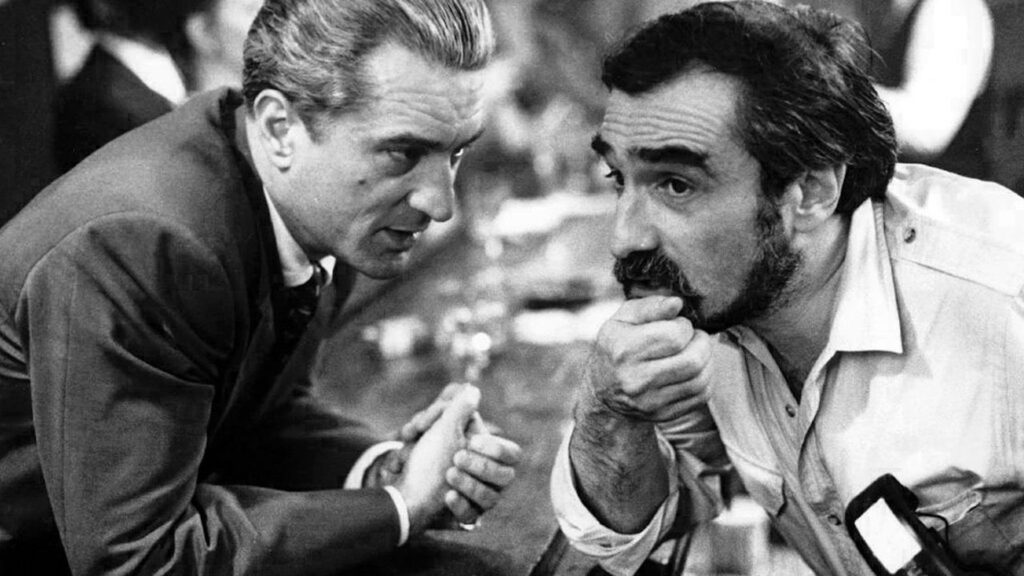
Robert De Niro and Martin Scorsese
Martin Scorsese's Brand of Cinematic Crime and Violence
Martin Scorsese's depiction of crime and violence in his films is one of the most distinctive aspects of his directorial style. His approach is not just about showcasing brutality but exploring the psychological and sociological aspects of crime.
Realism and Point
Scorsese's films often depict the real-life workings of criminal organizations. In Mean Streets, GoodFellas, Casino, Gangs of New York, The Departed, and The Irishman, he delves into the day-to-day operations of organized crime, from the hierarchy to the downfall of dangerous but intriguing characters, all while always lending a sense of authenticity to these stories.
The meticulous detail in Scorsese's portrayal of criminal life adds depth and realism. This includes the use of period-accurate costumes, settings, and lingo. It feels as if we’ve been transported into those times. And that is a testament to the realism and detail found in his movies.
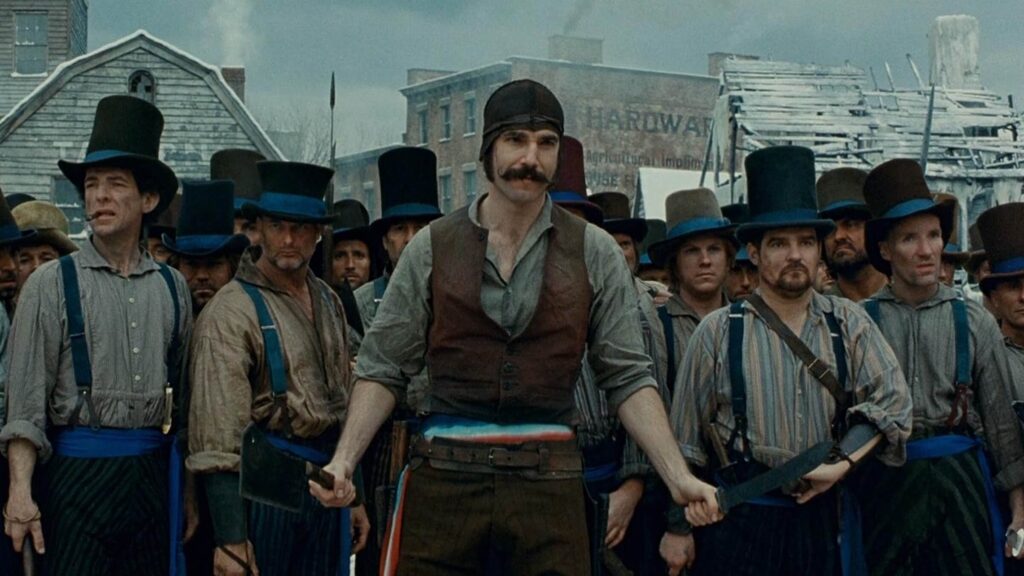
'Gangs of New York' (2002)
Stylized Violence
Scorsese’s stylized violence in his films is always graphic and impactful, serving to shock and engage the audience. He then uses the impact that engagement has on the audience to play with their expectations, always keeping everyone on the edge of their seats.
The infamous "You think I'm funny?" scene in GoodFellas is a prime example of how Scorsese’s violence enhances the narrative and creatively subverts audience expectations.
Given what we’ve seen from Tommy (Joe Pesci) so far, we expect him to unleash his wrath upon Henry’s (Ray Liotta) apparent disrespect. We are ready to see more of Scorsese’s stylized violence amidst the crime world of the Mafia. But our expectations are subverted... for now.
Scorsese’s approach to crime and violence has influenced countless filmmakers—most notably Quentin Tarantino—setting a benchmark for crime dramas.
Read More: 5 Trademarks of Quentin Tarantino Movies
Moral Ambiguity of Martin Scorsese's Characters
Scorsese has always told stories of characters who exist in moral grey areas:
- In Mean Streets, Charlie (Harvey Keitel) struggles with his Catholic guilt and moral obligations while navigating the violent world of small-time gangsters.
- In Taxi Driver, Travis Bickle (Robert De Niro) is a disturbed Vietnam War veteran who becomes a vigilante, blurring the lines between heroism and violence.
- In Raging Bull, Jake LaMotta (Robert De Niro) is a talented boxer battling his violent tendencies and jealousy, undermining his relationships and career.
- In Goodfellas, Henry Hill (Ray Liotta) is an ambitious gangster torn between the allure of the criminal lifestyle and the increasingly violent and unstable world he's a part of.
- In Gangs of New York, Amsterdam Vallon (Leonardo DiCaprio) seeks vengeance against Bill the Butcher, the killer of his father, but finds himself drawn into the corrupt and brutal world of New York's gang warfare, challenging his values and loyalties.
- In The Wolf of Wall Street, Jordan Belfort (Leonardo DiCaprio) is a charismatic stockbroker whose relentless pursuit of wealth leads him to moral degradation and legal troubles.
- In The Irishman, Frank Sheeran (Robert De Niro) is a hitman who faces moral conflicts as he juggles loyalty to his mob bosses and his own conscience and family ties.
- In Killers of the Flower Moon, Ernest Burkhart (Leonardo DiCaprio) is a World War I veteran entangled in avarice and naivety, manipulated into playing a key role in a series of sinister crimes. Sure, he’s a cold-blooded killer. But Scorsese still manages to showcase some grey areas.
Scorsese frequently explores the inner conflicts of these characters, whether it’s the self-destructive tendencies of Jake LaMotta in Raging Bull or the guilt and regret of Frank Sheeran in The Irishman.
Many of his characters may not be redeemable in our eyes. Yet, somehow, we find ourselves empathizing with their plight. That’s the genius of his work—and a clear trademark of his cinematic resume.
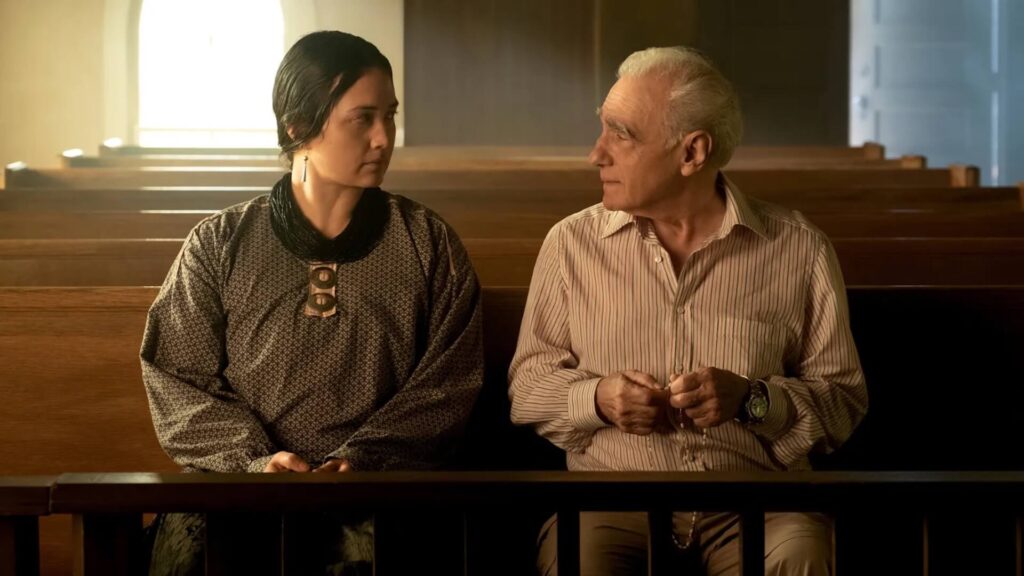
'Killers of the Flower Moon' (2023)
The Scorsese Tracking Shot
If you’re watching a Martin Scorsese film, chances are you’ll be waiting to see when and where his latest tracking shot appears.
Tracking shots are sequences in which the camera stays with one or more characters as they move through a particular location—sometimes multiple locations—interacting with the environment around them. The camera tracks the characters by way of a camera being moved on a long track off-camera or by way of Steadicam.
Scorsese uses these shots to establish the setting and showcase his characters amidst friends and foes around them.
GoodFellas: The Copacabana Shot
Perhaps the most famous of Scorsese's tracking shots, this sequence follows Henry Hill (Ray Liotta) and Karen (Lorraine Bracco) as they enter the Copacabana nightclub through the service entrance, moving through the kitchens and corridors, and eventually to a front-row table. This smooth, unbroken shot beautifully captures the allure and glamour of the gangster lifestyle from Karen's perspective.
Casino: The Cash Route
This shot (encompassed by two tracking shots) tracks through the interior of the Tangiers casino’s count room, moving through the route taken by the money. It displays the complex operations and vibrant atmosphere of a high-stakes Las Vegas casino.
Raging Bull: The Championship Fight Entrance
Jake LaMotta (Robert De Niro) makes his way from the dressing room to the boxing ring. The tracking shot captures the intensity and anticipation of the upcoming championship fight.
We could list them all, but that wouldn’t be any fun. Watch Scorsese's films and see if you can spot every tracking shot he uses.
Martin Scorsese Voice-Overs and Narration
Scorsese's use of voice-overs and narration is a key element in most of his films, serving multiple narrative and thematic purposes:
- Story Structure
- Style
- Irony
- Contrast
When we hear one particular character narrating over Scorsese’s worlds, he’s giving us some narrative reliability. And then he also goes and crushes that reliability by, again, subverting our expectations by switching narrators or letting supporting characters get their two cents into the mix.
His narrations also allow us to get more into his characters' heads. It’s likely why we feel at least some compassion or empathy for characters that don’t maneuver around that grey area or morality.
Sometimes, the narration in his movies leads us into the full breaking of the fourth wall as his characters’ narration turns into them speaking directly to us while looking into the camera.
Martin Scorsese and His Muses
Scorsese is known for frequently collaborating with certain actors. It started with Robert De Niro as his go-to actor for protagonist roles. At the turn of the century, he turned to Leonardo DiCaprio.
Scorsese has also routinely cast actors like Frank Vincent, Illeana Douglas, Victor Argo, Harry Northup, and Catherine Scorsese (his late mother).
These are just five of the director’s trademarks. Keep an eye out for them as you watch his films. And as you do, which other common Martin Scorsese trademarks have you noticed?
Read More: Screenwriting Wisdom from Martin Scorsese
CHECK OUT OUR PREPARATION NOTES SO YOU START YOUR STORY OFF ON THE RIGHT TRACK!
Ken Miyamoto has worked in the film industry for nearly two decades, most notably as a studio liaison for Sony Studios and then as a script reader and story analyst for Sony Pictures.
He has many studio meetings under his belt as a produced screenwriter, meeting with the likes of Sony, Dreamworks, Universal, Disney, Warner Brothers, as well as many production and management companies. He has had a previous development deal with Lionsgate, as well as multiple writing assignments, including the produced miniseries Blackout, starring Anne Heche, Sean Patrick Flanery, Billy Zane, James Brolin, Haylie Duff, Brian Bloom, Eric La Salle, and Bruce Boxleitner, the feature thriller Hunter’s Creed, and many Lifetime thrillers. Follow Ken on Twitter @KenMovies and Instagram @KenMovies76
Get Our Screenwriting Newsletter!
Get weekly writing inspiration delivered to your inbox - including industry news, popular articles, and more!




